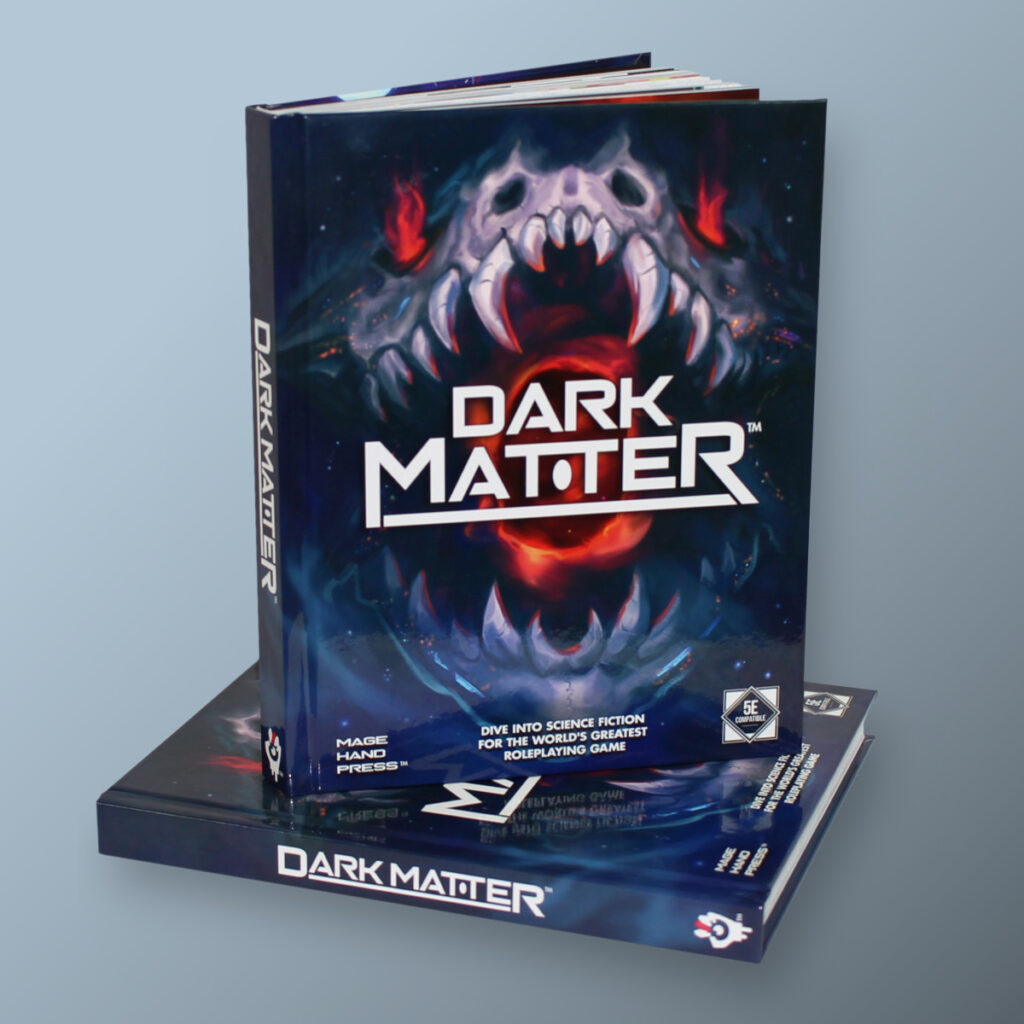We recently got an excellent question on Patreon that we’d like to answer for everyone:
How to Playtest New Classes
There’s two or three levels of testing. All of them are important, but not all of them are strictly “play” testing.
Concept Testing
While building any new class, you should actively weigh its features against comparable abilities from other classes at similar levels. Importantly, you should recognize that levels in different classes have different intents: for example, 5th level is normally a level that offers a sharp damage increase, such as Extra Attack or cantrip damage increases plus 3rd level spells. It would be a critical mistake to offer something with the power of Extra Attack at 6th level, reasoning that, because it comes one level later, the feature can afford to be just as, if not more powerful than Extra Attack. 7th level is normally exploration/interaction, and 11th level is back to damage.
Take a close look at a class you’d like to emulate and try to match what it offers at each level, in addition to matching the power of the features themselves.
Build Testing
The next level is what I call build testing. Make several characters using the class, taking different approaches and leaning on different mechanics. You normally need to explore lots of different levels, but it’s not always important to build a character for every level. These characters should have an eye for min-maxing, and you should really be attempting to break things. It might be useful to bring other people into the class at this point and ask them to min-max, since other people are more likely to find synergies that you did not intend for to class to have.
Compare these builds against Core-only prebuild characters at different levels, against characters that are actively being used in a campaign, and against optimized character builds. Your build should stand well below the latter and should not outshine the first two types of characters. If your build is ever punching near the level of an optimized build, tone it down in one or more areas to bring it into line. Remember that homebrew is always (and rightfully should be) distrusted, so any build you make should clearly express its mechanics and demonstrate that it is slightly below par for similar classes if you ever want someone else to use it at their table.
Playtesting
Last, but not least, is proper playtesting. Someone has to play the class at the table, using primarily core material and a DM that knows the insides and outs of core rules and this class’s abilities (and importantly, knows what the class is not designed to do.) My rules for playtesting are to make sure someone other than the author plays the class and to run at least three full sessions with combat; more if possible.
At this stage, you’re looking for three things: Is the class fun to play, does it outshine other party members, and does it frustrate the DM’s plans in ways that a class should not be allowed to? All of these come back to the people at the table having fun with the new class, which is something no other testing stage can look at. Even the best laid plans can make a class that simply isn’t fun to play, play alongside, or play against. If any one of those three things is true, it’s time to go back to the drawing board.
Listen to your playtesters carefully, discuss the class at length, and make adjustments to the class as needed. Hopefully, you’ve chosen a playtester with a fair amount of knowledge about the game, so you can get informative opinions on how it’s playing. Even if not, the vaguest impressions of “I feel powerful doing X” or “It’s kinda frustrating that Y” are extremely helpful. Also ask everyone else at the table how their characters feel in the party — it’s a giant red flag if the words “Stole my thunder” are ever uttered about your new class.
Lat but not least: always be seeking criticism and flaws — never be satisfied. Look for elegant solutions, where possible, and don’t be afraid to go back to the drawing board.
– – –
I hope that answers Alexander’s question in a useful way and I hope it provides an informative glance into how we playtest our largest, most elaborate classes.



